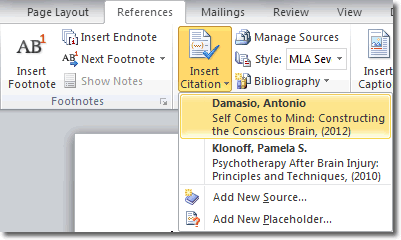

Many of the images posted at websites like Flickr are “rights-cleared,” meaning that you can use them for free, and no permission is required (check the information for each photo carefully). Sometimes the permission letter says the image may not be cropped or edited in any way. Sometimes the permissions are expensive and difficult to obtain sometimes the permission letter requires the user to print certain information about the image, and it supplies the exact wording. If your project is not for school-if you use an image on your blog or a greeting card or something you’re planning to sell-you must get permission from the copyright holder of the image, even if you found it on the Internet, in addition to giving credit. Instead, put the information about the image into a caption or in parentheses in the text of your paper. If you are using author-date citationsĪuthor-date citations are not normally used to cite images. Photo: Jack Moreh, Taking a photo with smartphone-Happy boy jumping into river, © Free Range Stock.

Georgia O’Keeffe’s The Cliff Chimneys (1938, Milwaukee Art Museum) is a famous one. There are many paintings of the American West. Turner, Georgia O’Keeffe and New Mexico: A Sense of Place (Princeton: Princeton University Press, 2004), 25.Įxample for citing within the text of a paper


If you found it in a book, cite the book and page number. If you found it online, give the date you found it and the URL. It’s fine to add other information if you know it, such as the size and medium. Give the name of the artist, the title of the artwork (in italics), the year it was made, and where it lives (museum, gallery, etc.). Luckily for students and teachers and librarians, the laws requiring permission don’t apply to “educational use.” So it’s fine to borrow images for a class paper or presentation without contacting the copyright holder-although you are not off the hook for giving credit.


 0 kommentar(er)
0 kommentar(er)
